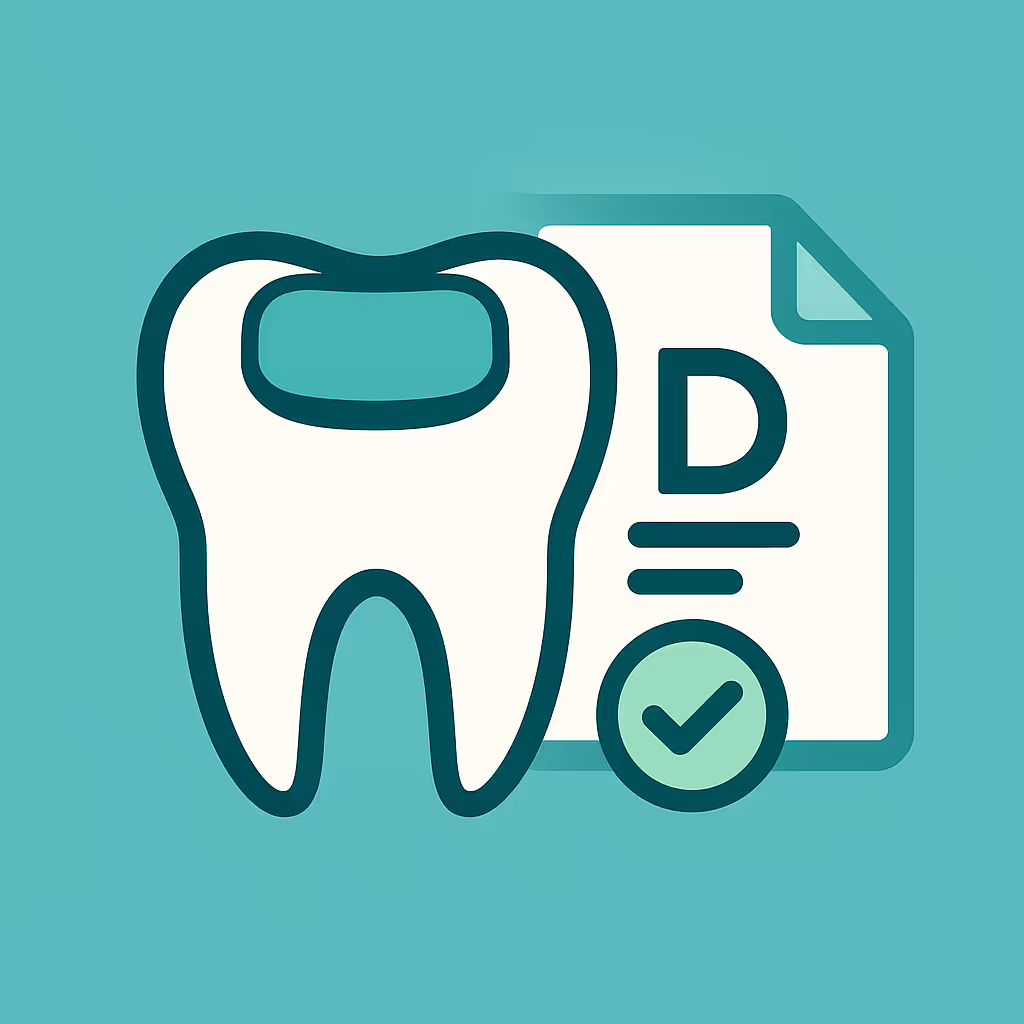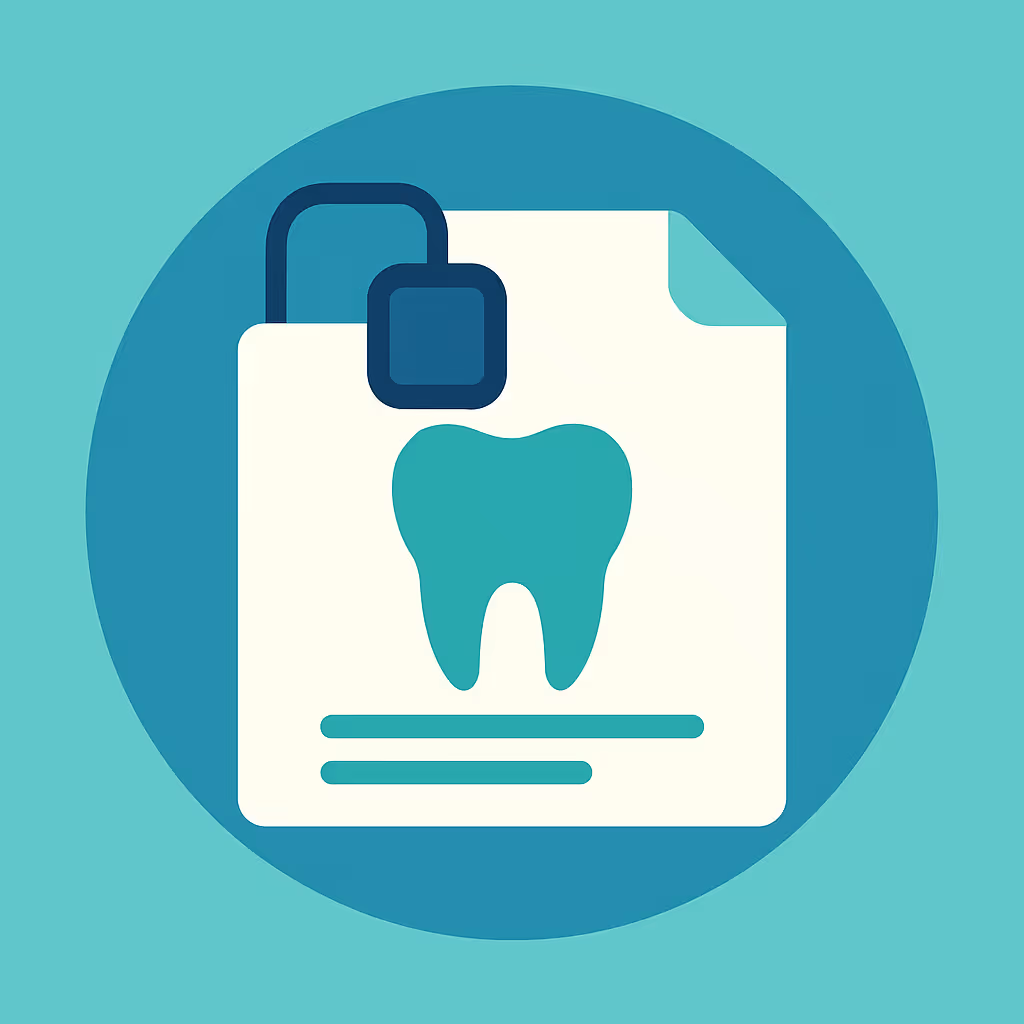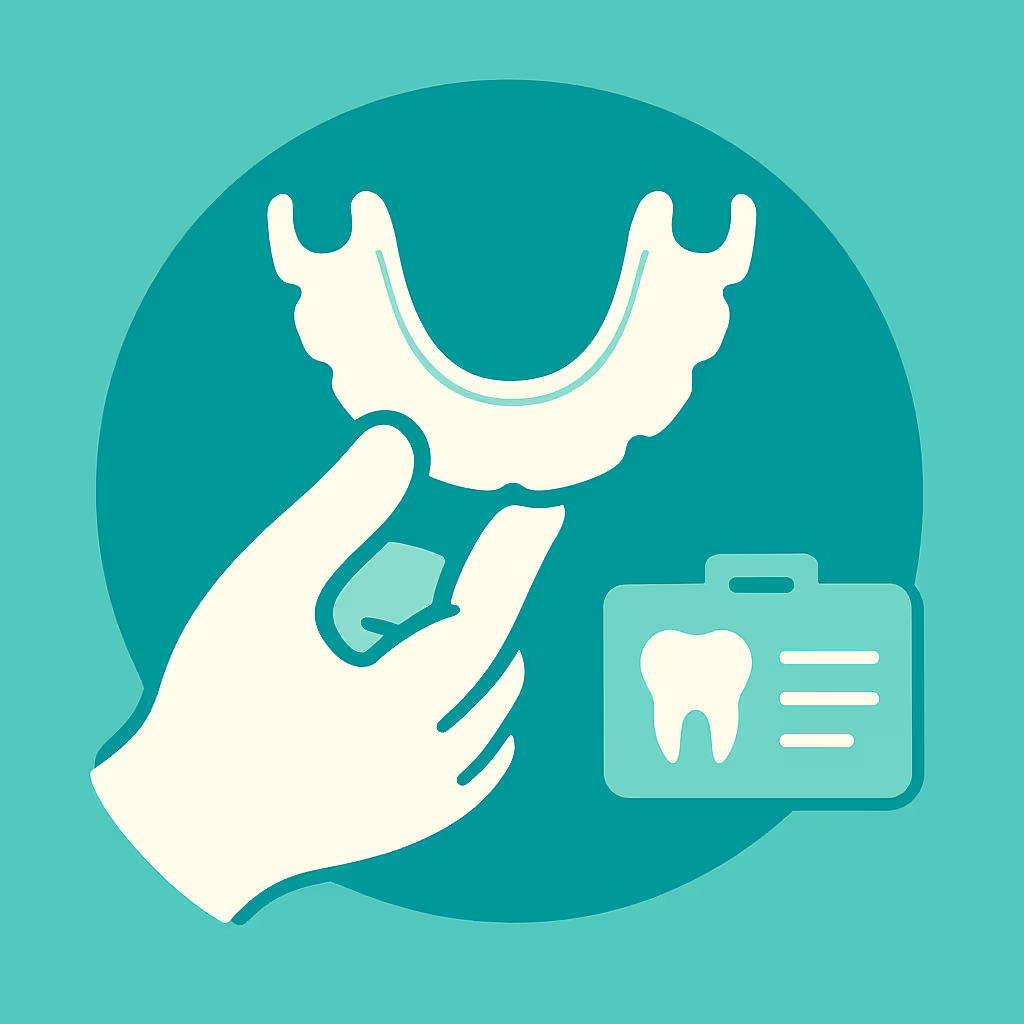Understanding Dental Code D6076
When to Use D6076 dental code
The D6076 dental code is designated for an implant-supported retainer for a fixed partial denture (FPD). This CDT code is used when a dental prosthesis (such as a bridge) is supported by implants and requires a retainer component. Use D6076 specifically when the retainer is attached to an implant abutment, not a natural tooth. It is crucial to distinguish this from codes used for tooth-supported retainers or other implant components. Proper code selection ensures accurate billing and reduces the risk of claim denials.
Documentation and Clinical Scenarios
Accurate documentation is essential for successful reimbursement. When using D6076, include the following in the patient record:
- Detailed clinical notes describing the edentulous area and the need for an implant-supported FPD.
- Radiographs or intraoral images showing the implant placement and the prosthesis design.
- Lab prescriptions and invoices for the retainer component.
- Charting that clearly distinguishes between implant-supported and tooth-supported retainers.
Common clinical scenarios include replacing multiple missing teeth with a bridge anchored by two or more implants, where each implant abutment receives a retainer. If the case involves a single implant crown, refer to D6065 for implant-supported single crowns.
Insurance Billing Tips
To maximize reimbursement and minimize delays, follow these best practices when billing D6076:
- Pre-authorization: Submit a detailed pre-treatment estimate to the insurance carrier, including clinical documentation and radiographs.
- Claim Submission: Clearly indicate the use of D6076 on the claim form, specifying the location and number of implant-supported retainers.
- Coordination of Benefits: If the patient has dual coverage, ensure both primary and secondary claims are submitted with identical documentation.
- Explanation of Benefits (EOB) Review: Carefully review EOBs for denial reasons. If denied, file a claim appeal with additional supporting documentation and a narrative explaining medical necessity.
- Accounts Receivable (AR) Follow-Up: Track outstanding claims and follow up with payers regularly to resolve any issues promptly.
Example Case for D6076
Case: A patient presents with three missing teeth in the lower left quadrant. Two implants are placed, and a three-unit fixed partial denture is fabricated. Each implant receives a custom abutment and a retainer for the FPD. For billing, D6076 is reported for each implant-supported retainer. The clinical documentation includes pre- and post-op radiographs, a detailed narrative, and lab invoices for the retainers. The claim is submitted with all supporting documents, and pre-authorization is obtained to ensure coverage. The insurance carrier approves the claim, and payment is received without delay.
By following these steps and understanding the correct use of D6076, dental teams can ensure accurate billing, reduce denials, and streamline their revenue cycle management.





